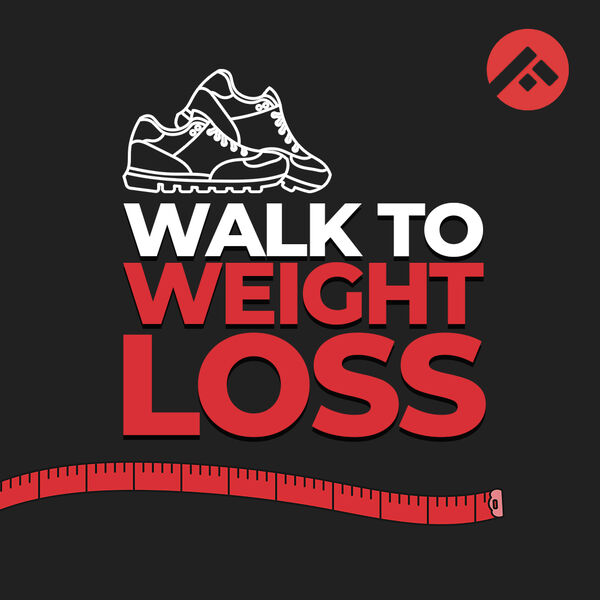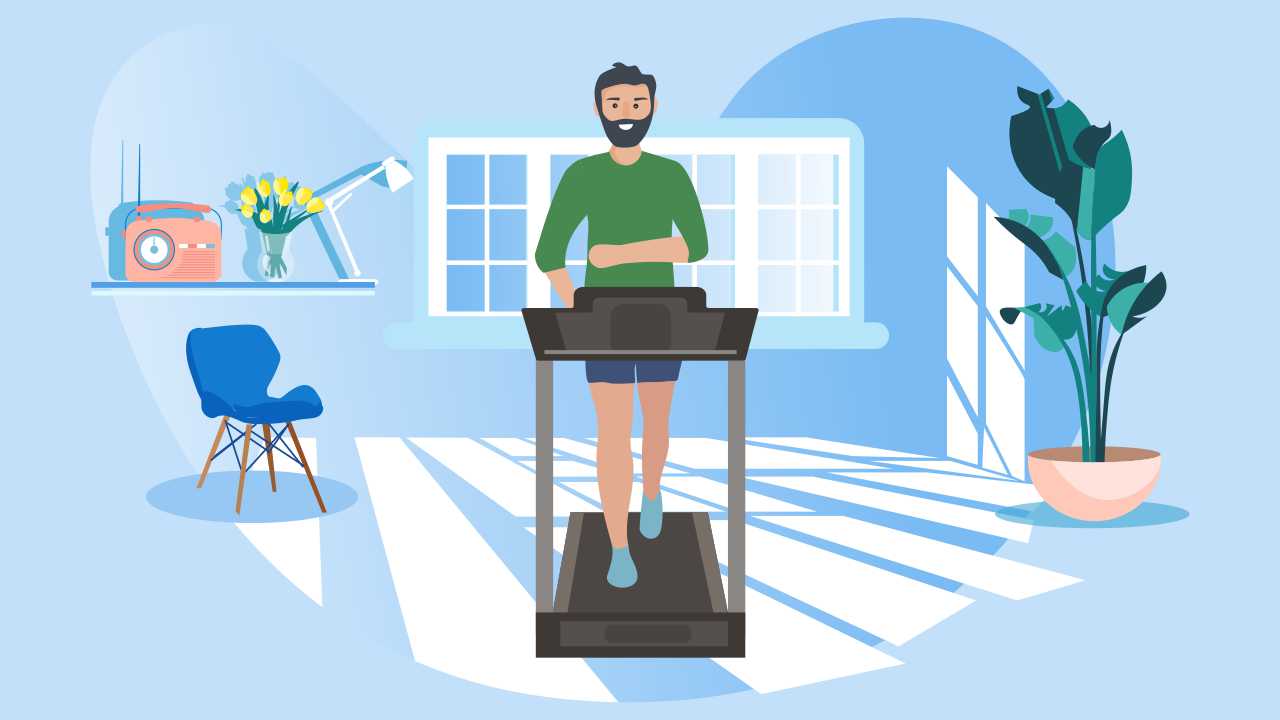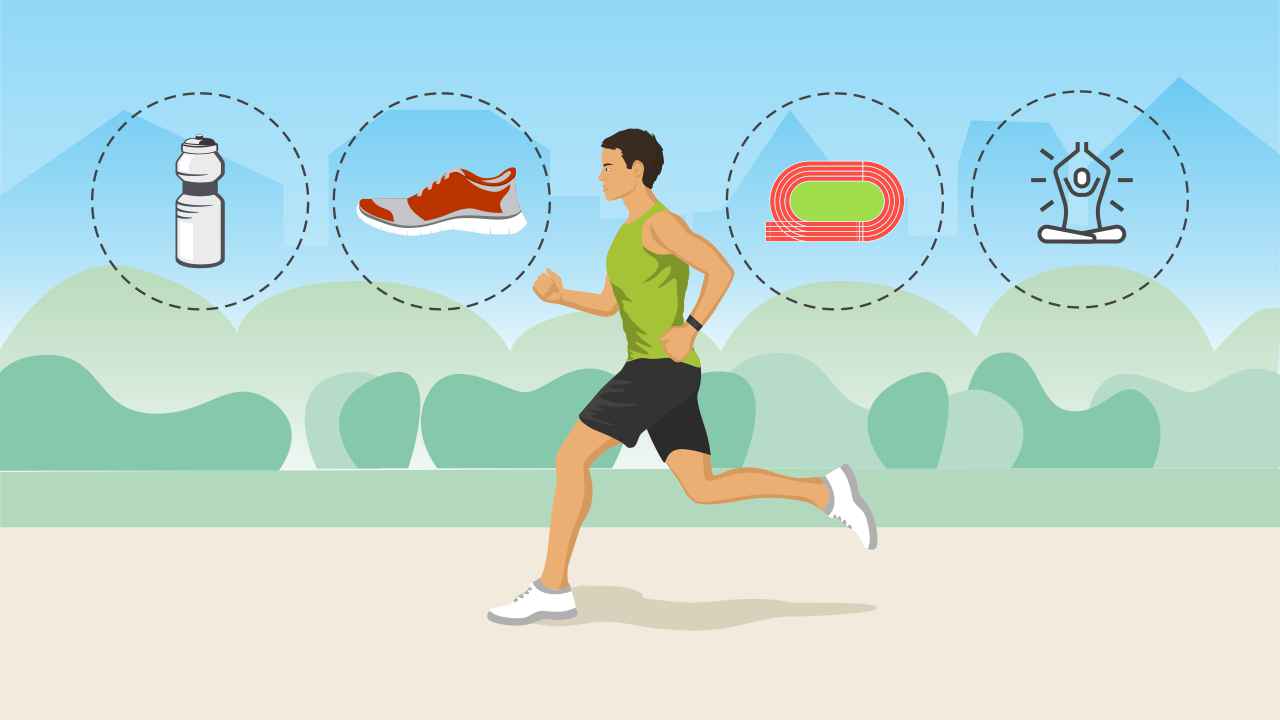
All You Need to Know About Walking Stride

Walking is increasingly recognized as a straightforward and effective mode of exercise that can be regularly practiced by most people. Recent debate has revolved around the desired walking speed for various health and fitness outcomes. In general, it is advisable to walk at higher speeds to derive greater benefits in cardiovascular health, particularly if you perform walking as part of a high-intensity interval style of exercise.
You need to consider several factors such as your baseline fitness, general strength levels specifically around the hip and lower leg muscle regions, structural abnormalities (joint instability or limb lengths), and muscle quality to accommodate higher walking speeds. From a biomechanic lens, walking speed may be separated into two variables: stride rate and stride length. Stride rate is the number of steps taken per minute, while stride length is the distance taken between each step.
What is walking stride?
A stride is a single turnover or cycle of what we call walking gait, as depicted below in Figure 1. The first four phases of walking gait are called the stance (or loading) phase, where the foot makes ground contact and the person’s weight transitions onto the load-bearing leg.
Also watch: What is the Correct Walking Form and Posture?
The second four phases of walking gait are called the swing phase, where the load-bearing foot now leaves the ground while the person’s weight shifts to the opposite limb. This allows the foot to travel in the air and effectively swing forward until it reaches ground contact again.

What is the significance of walking stride, and how does a good walking stride help?
Because walking is inexpensive, easy, convenient, low-impact, and you can perform it in social settings (groups), it is very important to ensure that you do walking strides well. Interestingly, when performed properly, walking may offer a viable alternative approach to managing acute and chronic lower back pain.
However, inefficient or ineffective walking strides can cause pain at the knee, hip, ankle, or lower back and can lead to altered force productions. Common walking/postural problems that lead to ineffective walking strides include Coxalgic and Trendelenburg gait patterns, as shown below in Figure 2.

What is overstriding, and how can you prevent it?
There is a point in time where increasing stride number and length ventures into running, instead of walking. As such, overstriding, whereby one’s step length is increased to the point of altering biomechanics and hip/lower-back positioning, is generally an issue during running. Indeed, many healthy people without neuromuscular diseases or dysfunctions will sufficiently regulate their stride lengths during walking in order to maximize efficiency and maintain stability.
However, during periods of pain or discomfort, a trained physical therapist should assess stride biomechanics. Tight hip flexors and/or adductor muscles, poor glute activation, poor motor patterns/coordination, and foot strike issues may be contributing to the pain. Generally, in these circumstances, some form of re-training coupled with strength and/or mobility exercises are prescribed to reduce pain levels and improve the walking economy.
What is a good walking stride length, and how can you calculate your walking stride?
An average person’s walking step (stride) length is approximately 76.2cm or 2.5ft (~30 inches). Here is a handy method of determining walking stride.
Also watch: How to Walk Faster?
1. Use a measuring tape and chalk (outside) or masking tape (inside), measure and mark off a specific distance, such as 10m, as illustrated below in Figure 3. This is a good length as it lines up with the 10m walk test, which is a clinical test to measure gait speed.
2. Start walking about 2m before you hit the first mark to ensure you get up to your natural walking speed.
3. Begin counting your steps when you hit the first mark and stop your count when you hit the second mark.
4. Divide the number of meters in your measured distance by the number of steps you took from the first mark to the second.

For example, if it took you 16 steps to cover 10meters, your step length would be 0.625m or 62.5cm.
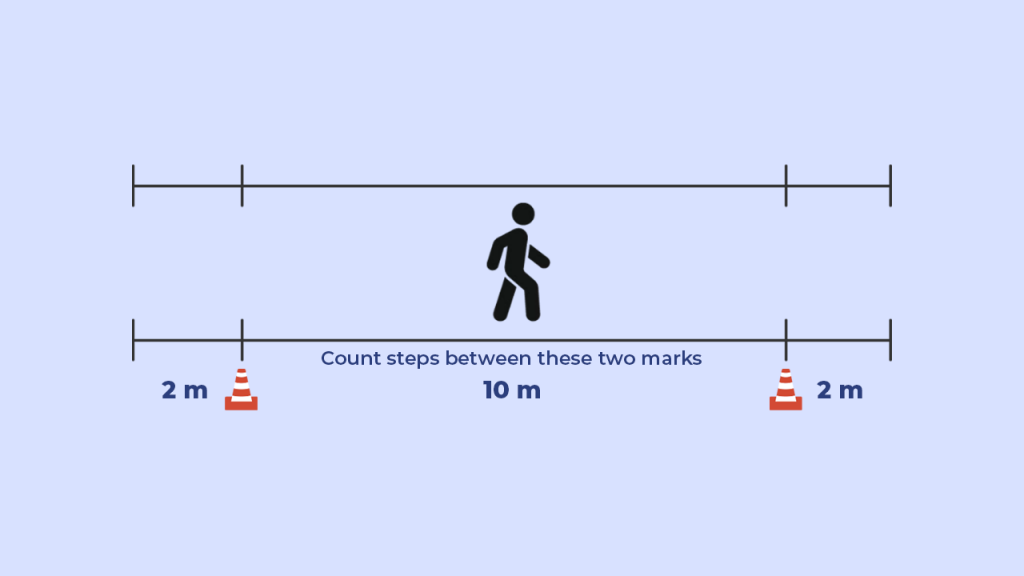
How to stride the right way
Walking with level hips, like there is a bowl of water between your hip crests, a neutral spine with an upright stance with shoulders back and down, is a great starting point. The stride length itself should be natural, and foot contact should be a heel or midfoot strike (rather than forefoot/toes), while any foot pronation (ie foot collapses inward) should be avoided or moderated. Figure 4 provides a visual representation of an appropriate level of foot pronation.
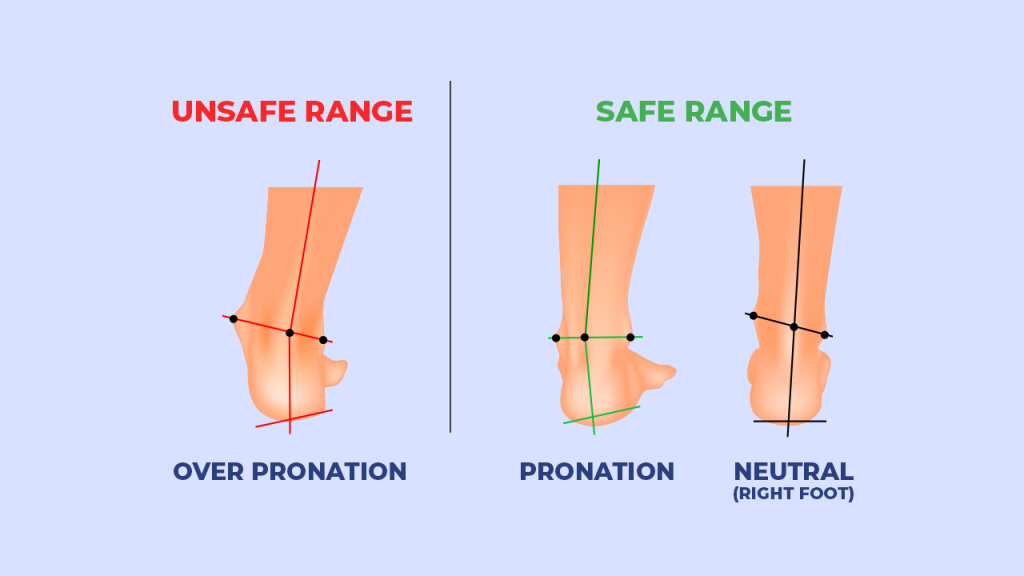
Tips to practice a good walking stride
- Let the foot strike just below the body and not too far out in front
- Lean the body forward slightly, without bending too far over
- Walk tall, with the head upright, as if moving with a book balanced on the head
- Watch for any side-to-side arm movement. The arms should move forward and back.
- Stay relaxed. Avoid tensing the shoulders while walking.
References
1. Vanti C, Andreatta S, Borghi S, et al. The effectiveness of walking versus exercise on pain and function in chronic low back pain: a systematic review and meta-analysis of randomized trials. Disabil Rehabil 2019; 41: 622-32.
2. Mann RA, Hagy J. Biomechanics of walking, running, and sprinting. Am J Sports Med 1980; 8: 345-50.
3. Ounpuu S. The biomechanics of walking and running. Clin Sports Med 1994; 13: 843-63.
4. Resende RA, Deluzio KJ, Kirkwood RN, et al. Increased unilateral foot pronation affects lower limbs and pelvic biomechanics during walking. Gait Posture 2015; 41: 395-401.
5. Czerniecki JM. Foot and ankle biomechanics in walking and running. A review. Am J Phys Med Rehabil 1988; 67: 246-52.




